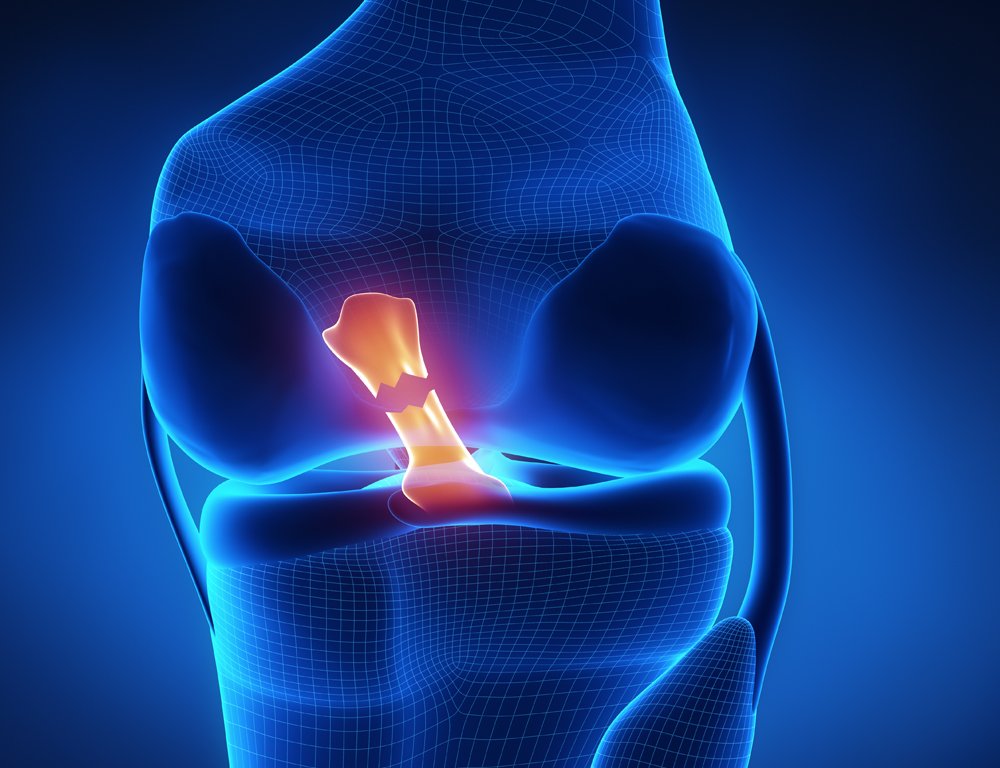

In these types of sports, the foot is planted with the knee bent, and a sudden change in direction typically occurs, which stresses the ligament.Ĭontact sports also put the ACL at an increased risk of injury. How is an ACL typically torn in sporting events?Īn ACL is typically torn in sports with pivoting motions: soccer, football, basketball, skiing, golf or tennis. Also known as a "complete tear," Grade III represents the most severe ACL knee injury. Grade III - Severe trauma to the ligament, which completely tears all the ligament's fibers.Grade II - More severe trauma or "partial tear." Here some fibers are actually torn.Some ligament fibers are stretched but none are torn. Grade I - Minor trauma or "sprain" to ligament.ACL surgery repairs tearing and moves the knee back to its normal range of movement. An ACL knee injury is graded on the amount of ligament tearing and, therefore, severity of the injury. Instability - Many patients will describe having the feeling of "buckling" or "giving way" sensations in their knee.Īre there different degrees of an ACL knee injury?.However, the majority of patients who have injured their ACL will experience a substantial amount of pain. Pain - Knee pain is a very non-specific sign and can represent many different conditions.However, not all patients experience swelling. Immediate swelling after the injury occurs - This typically indicates there is some form of bleeding in the knee joint, which suggests either injury to the ligaments, cartilage, or both.Although this is a common presentation, this is not experienced by all patients. "Pop" - Patients may report that they heard or felt a "pop" in their knee during a strain or twist-type injury surrounding the knee.How do I know if I have injured my ACL?Īlthough an ACL injury can present itself in many ways, from very subtle to severe, here are some of the common signs and symptoms of an acute ACL injury.

ACL surgery can generally help correct when this phenomenon has happened to the knee. During these types of activities, the knee is sharply twisted or extended beyond its normal range. How does an ACL knee injury occur?Īn ACL knee injury typically occurs during cutting, twisting or pivoting activities or with hyperextension injuries. ACL knee surgery is necessary once the tibia has slid too far or the knee joint has experienced hyperextension. It also helps prevent hyperextension of the knee, and resistance to rotational forces about the knee. The ACL prevents the tibia from sliding too far forward from underneath the femur. The ACL originates in a large notch at the end of the femur and runs diagonally to insert on the top surface of the tibia. It is one of two ligaments in the center of the knee (the other is the PCL), which helps connect the femur to the tibia. Siebold is an honorary member of the American Orthopaedic Society for Sports Medicine (AOSSM), member of ISAKOS, the ACL Study Group and the Australian Knee Society.ACL stands for anterior cruciate ligament. In 2012 he became Co-Editor of the Journal of the European Society of Sports Traumatology, Knee Surgery and Arthroscopy (ESSKA) and also Chair of the Knee Committee of ESSKA. In 2009 he gained his ‘Habilitation’ at the Institute of Anatomy and Cell biology of Ruprecht-Karls University Heidelberg, on the double-bundle structure of the ACL and its reconstruction.

Since 2008 he is Chief Consultant for knee surgery and arthroscopy at the Center for Hip- Knee- and Foot Surgery and Sports Traumatology at the ATOS Hospital in Heidelberg and lecturer of Heidelberg University. In 2007 he was selected for the AOSSM-ESSKA Sports Medicine Traveling Fellowship and the AGA-Pittsburgh Fellowship. His research work focuses on anatomy of the ACL, surgical techniques of footprint ACL reconstruction, meniscus and cartilage transplantation. Back in Germany in 2004 he specialised on open knee surgery and arthroscopy of the knee. After his graduation in 1996 he worked in Orthopaedics and Traumatology at the University Hospital of Mannheim before moving on to Melbourne, Australia for knee fellowships. He gained first international experiences at St. Rainer Siebold, MD trained at the Ruprecht-Karls University, Heidelberg, Germany.


 0 kommentar(er)
0 kommentar(er)
